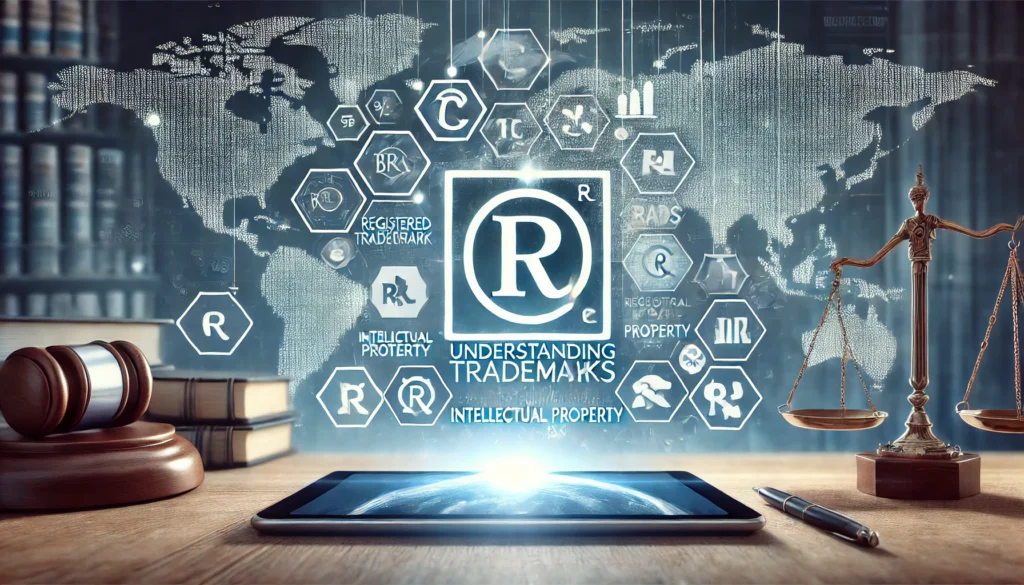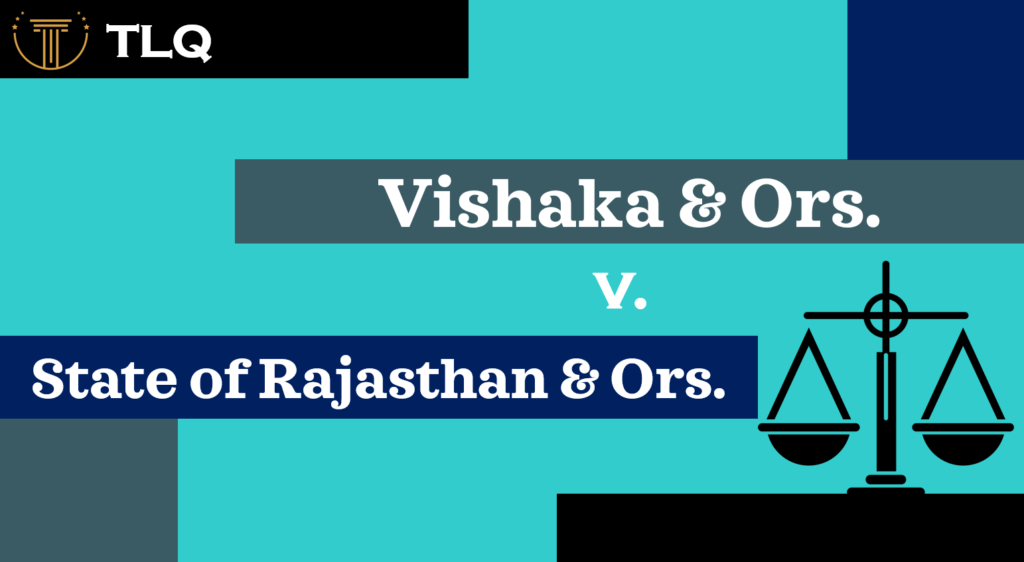Published On: September 21st 2025
Authored By: KALASH BHALOTIA
GGSIPU
Abstract
Climate change represents an existential threat, with its impacts manifesting globally in increasingly severe forms. India, highly vulnerable to these shifts, faces an escalating challenge across various sectors, from agriculture and water resources to public health and coastal communities. While the nation has articulated ambitious climate goals and policies, the gap between aspiration and implementation often remains significant. In this context, climate change litigation has emerged as a crucial, albeit nascent, tool for driving greater accountability and action from both governmental and corporate actors. Building upon a robust legacy of environmental jurisprudence and public interest litigation (PIL), Indian courts are increasingly being called upon to address climate-related grievances, signalling a pivotal evolution in the country’s legal landscape.
The Foundation: Constitutional and Environmental Jurisprudence
The bedrock of climate change litigation in India lies in its expansive constitutional interpretation and a proactive judiciary. Unlike many countries, India does not possess a standalone, comprehensive climate change law. Instead, litigants and courts draw strength from:
- Article 21 of the Indian Constitution (Right to Life and Personal Liberty): The Supreme Court of India has consistently broadened the scope of Article 21 to include the right to a healthy and pollution-free environment. Landmark judgments like M.C. Mehta v. Union of India (Ganga Pollution Case) and Virender Gaur v. State of Haryana established environmental integrity as an integral facet of the right to life. This broad interpretation provides a powerful constitutional hook for climate change claims, arguing that adverse climate impacts infringe upon citizens’ fundamental right to life. Most recently, in M.K. Ranjitsinh v. Union of India (2024), the Supreme Court explicitly recognized the “right to be free from the adverse effects of climate change” as a fundamental right under Articles 14 (Right to Equality) and 21 of the Indian Constitution, marking a landmark moment for climate litigation in the country.
- Article 48A (Directive Principles of State Policy): This article mandates that “The State shall endeavour to protect and improve the environment and to safeguard the forests and wildlife of the country.” While not directly enforceable, it serves as a guiding principle for legislative and executive action, reinforcing the state’s environmental obligations.
- Article 51A(g) (Fundamental Duties): This article states that it is the duty of every citizen “to protect and improve the natural environment including forests, lakes, rivers and wildlife, and to have compassion for living creatures.” This provision highlights a shared responsibility towards environmental protection.
- The National Green Tribunal Act, 2010: The establishment of the National Green Tribunal (NGT) provided a specialized forum for the expeditious disposal of environmental disputes. The NGT has jurisdiction over all substantial questions relating to the environment, making it a crucial avenue for climate-related cases. While its early engagement with direct climate change claims was limited, it remains a vital institution for enforcing environmental norms that indirectly contribute to climate action.
- Existing Environmental Statutes: Acts like the Environment (Protection) Act, 1986, the Air (Prevention and Control of Pollution) Act, 1981, and the Water (Prevention and Control of Pollution) Act, 1974, though not explicitly designed for climate change, offer legal frameworks to address pollution and environmental degradation that contribute to climate change. The “polluter pays principle” and the “precautionary principle” enshrined through judicial pronouncements in environmental cases also hold relevance.
Emerging Trends and Landmark Cases
While India has a rich history of environmental litigation, direct climate change litigation, specifically targeting government inaction or corporate responsibility for greenhouse gas emissions, is a more recent phenomenon. However, several significant cases highlight a growing trend:
- Ridhima Pandey v. Union of India (2016 onwards): This case, filed by a then-nine year-old Ridhima Pandey before the NGT, is perhaps the most prominent instance of youth-led climate litigation in India. The petition alleged that the Indian government’s climate change policies were inadequate and inconsistent with its international obligations under the Paris Agreement. While the NGT initially dismissed the plea, stating that climate change was already covered under existing environmental impact assessments, the petitioner appealed to the Supreme Court. The Supreme Court’s engagement with this case, including the appointment of amici curiae and directives to the government to compile relevant regulations on carbon emissions, signifies the judiciary’s increasing willingness to delve into explicit climate governance. The case is still ongoing and holds immense potential to shape the future of climate litigation in India.
- M.K. Ranjitsinh v. Union of India (2024): This case is a watershed moment. While the immediate context involved the protection of the critically endangered Great Indian Bustard from overhead power lines, the Supreme Court, led by former Chief Justice D.Y. Chandrachud, utilized the opportunity to declare the “right to be free from the adverse effects of climate change” as a fundamental right derived from Articles 14 and 21 of the Constitution. This explicit recognition elevates climate change from a policy concern to a constitutional imperative, providing a powerful new basis for future litigation and compelling both state and private actors to consider climate impacts as a matter of fundamental rights. The judgment further emphasized India’s international obligations under the UNFCCC and the disproportionate burden of climate change on vulnerable communities.
- Challenges against Environmental Clearances: A common form of climate-adjacent litigation involves challenging the grant of environmental clearances for projects with significant carbon footprints or environmental impacts. While not always framed directly as climate change cases, these litigations often raise concerns about cumulative emissions, deforestation, and the long-term ecological consequences of development projects. Such cases, often brought by environmental groups or affected communities, pressure project proponents and regulatory bodies to adopt more sustainable practices.
- Public Interest Litigations (PILs) on Air Pollution: While not strictly climate litigation, the numerous PILs concerning air pollution, particularly in the National Capital Region (NCR), have often compelled the government to take steps to curb emissions from various sources, including industrial and vehicular pollution. These cases, like the ongoing monitoring of air quality by the Supreme Court in M.C. Mehta v. Union of India, demonstrate the judiciary’s proactive role in addressing environmental crises that are deeply intertwined with climate change.
Impact on Policy and Governance
Climate change litigation in India, though still evolving, is beginning to exert a discernible influence on policy and governance:
- Elevating Climate Change as a Rights Issue: The M.K. Ranjitsinh judgment, by constitutionalizing the right to be free from climate change impacts, fundamentally alters the discourse. It shifts climate action from merely a policy choice to a constitutional obligation, potentially leading to more robust legislative frameworks and stricter enforcement.
- Enhancing Institutional Accountability: Litigation acts as a critical mechanism for holding governmental agencies and regulatory bodies accountable for their actions and inactions related to climate change. Courts can direct authorities to implement existing laws more effectively, review policies, or even formulate new ones, filling legislative gaps.
- Influencing Public Debate and Awareness: High-profile climate cases, especially those brought by youth or marginalized communities, generate significant public discussion and media attention. This heightened awareness can foster greater public demand for climate action and influence social norms.
- Pressuring Corporate Responsibility: While corporate climate litigation in India is less developed than in some Western jurisdictions, the increasing judicial scrutiny of environmental impacts, coupled with the explicit recognition of climate rights, may pave the way for more direct corporate accountability cases related to emissions, climate-related damages, and ‘greenwashing’.
- Catalyst for Policy Reform: Even when specific climate change laws are absent, judicial pronouncements can act as a strong impetus for the executive and legislature to formulate more comprehensive and enforceable climate policies. The judiciary has historically filled legislative vacuums in environmental matters, compelling the government to act.
Challenges and Future Prospects
Despite the promising developments, climate change litigation in India faces several challenges:
- Causation and Attribution: Proving a direct causal link between a specific entity’s emissions and a particular climate change impact (like a flood or drought) on a plaintiff remains a significant scientific and legal hurdle. This is particularly complex in climate change cases where the impacts are diffuse and cumulative.
- Lack of Specific Climate Change Legislation: The absence of a dedicated, comprehensive climate change law complicates litigation. While the judiciary has creatively utilized existing constitutional and environmental frameworks, a clear legislative mandate would provide greater clarity, predictability, and a stronger basis for claims.
- Judicial Capacity and Scientific Literacy: Climate change cases often involve complex scientific and technical issues. Ensuring that judges and legal practitioners possess adequate scientific literacy to engage with climate science effectively is crucial for informed decision-making. Initiatives to enhance judicial knowledge in this area are becoming increasingly important.
- Standing and Locus Standi: While India’s PIL framework has relaxed standing requirements, direct climate change cases might still face challenges in demonstrating direct injury, especially for future generations or those indirectly affected.
- Enforcement and Implementation: Even with favourable judgments, the effective enforcement of judicial directives and the actual implementation of climate-friendly policies can be a protracted process, requiring continuous monitoring and follow-up.
- Balancing Development and Environment: India is a developing nation with significant energy needs and development aspirations. Courts often face the delicate task of balancing environmental protection with socio-economic development goals, which can lead to complex and sometimes conflicting outcomes.
- Strategic Lawsuits Against Public Participation (SLAPPs): As climate activism grows, there is a potential for corporations or government entities to file retaliatory lawsuits to silence or burden environmental advocates, though this has not been a widespread issue in India specifically for climate litigation yet.
Looking Ahead:
The future of climate change litigation in India appears dynamic. The Supreme Court’s declaration of the “right to be free from the adverse effects of climate change” as a fundamental right is a game-changer. This could spur a new wave of litigation across various fronts:
- Government Accountability Cases: Individuals and groups may increasingly challenge government policies or lack thereof, arguing that they fail to adequately protect citizens from climate change impacts or fulfill India’s international commitments.
- Corporate Accountability Cases: While still nascent, the legal basis for holding corporations accountable for their climate impacts, including ‘carbon majors’, might strengthen. This could involve claims related to emissions, stranded assets, or misleading environmental claims.
- Adaptation and Loss & Damage Claims: As climate impacts intensify, there might be a rise in litigation seeking relief or compensation for loss and damage caused by climate change, particularly from vulnerable communities.
- Intergenerational Equity: Cases leveraging the principle of intergenerational equity, arguing that current generations have a duty to protect the environment for future generations, could gain traction.
Conclusion:
In conclusion, climate change litigation in India is transcending its nascent stages, driven by a progressive judiciary and a growing awareness of the climate crisis. While significant challenges remain, the creative application of constitutional principles, the specialized role of the NGT, and the increasing legal and public consciousness are positioning Indian courts as crucial arbiters in the nation’s fight against climate change, potentially shaping both policy and corporate conduct for a more sustainable future. The journey is long and complex, but the recent judicial pronouncements suggest a clear and impactful path forward for climate justice in India.



